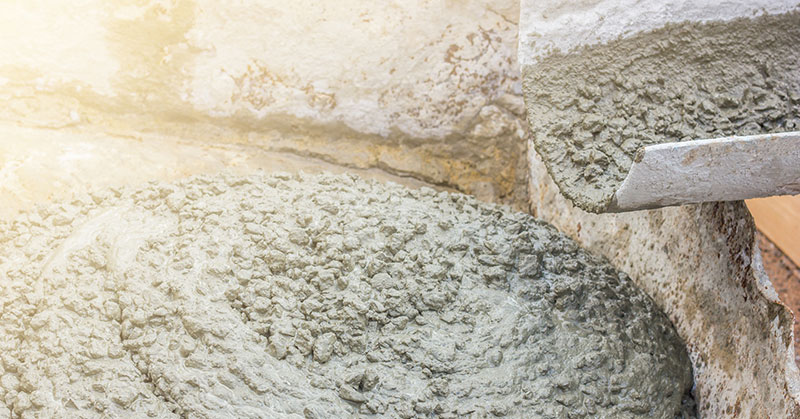Understanding a little about paving terminology can not only make it easier to know what to expect during your upcoming paving project; it can also help you to better understand the bids you receive from paving contractors. So what follows is part 2 of our paving glossary.
- Impervious Surface: Any surface that does not allow water to permeate is referred to as an “impervious surface.” The vast majority of asphalt and concrete pavement is impervious and, as a result, requires adequate drainage.
- Open-Grade Aggregate: This term describes a certain type of aggregate used in pavement that has more space between particles in the mix. Open-grade aggregate makes it easier for water to drain off of the paved surface.
- Overlay: Most commonly used to repair damaged pavement and extend the life of the surface, an overlay consists of a very thin layer of asphalt that is applied over the top of the existing surface.
- Raveling: This is a type of damage that occurs when the sand in asphalt aggregate washes away and leaves behind a rougher surface.
- Resurfacing: This term describes the process of installing a new layer of asphalt on the top of existing pavement. Resurfacing not only repairs any damage that might exist; it also extends the lifespan of the pavement.
- Seal Coating: Considered by most paving contractors to be the most important part of any pavement maintenance plan, seal coating involves applying a protective coating to the top of the surface to protect it from damage caused by rain or irrigation water, UV rays, vehicle fluid spills, and minor damage such as cracking.
- Slurry: This term refers to the thin, concrete mixture consisting of fine organic materials and water.
- Striping: Painted lines in parking lots and roadways are often referred to as striping. These lines are vital in maintaining safety of pedestrians and motorists, as well as ensuring the smooth flow of traffic in the parking lot or roadway.
- Wheel Stops: This term describes the curbs placed in the front of parking spaces to prevent vehicles from bumping into each other and to keep them within the defined spaces in a parking area.
We hope you’ve benefited from our glossary of paving terms. If you have any questions, or if you run across terminology that isn’t included in our glossary, just ask a trusted paving contractor. You may not have to be an expert in paving terms, but gaining a better understanding of common words and phrases used in the asphalt and concrete industry will help you to understand the scope of future paving projects and how best to maintain your existing paved surfaces.
